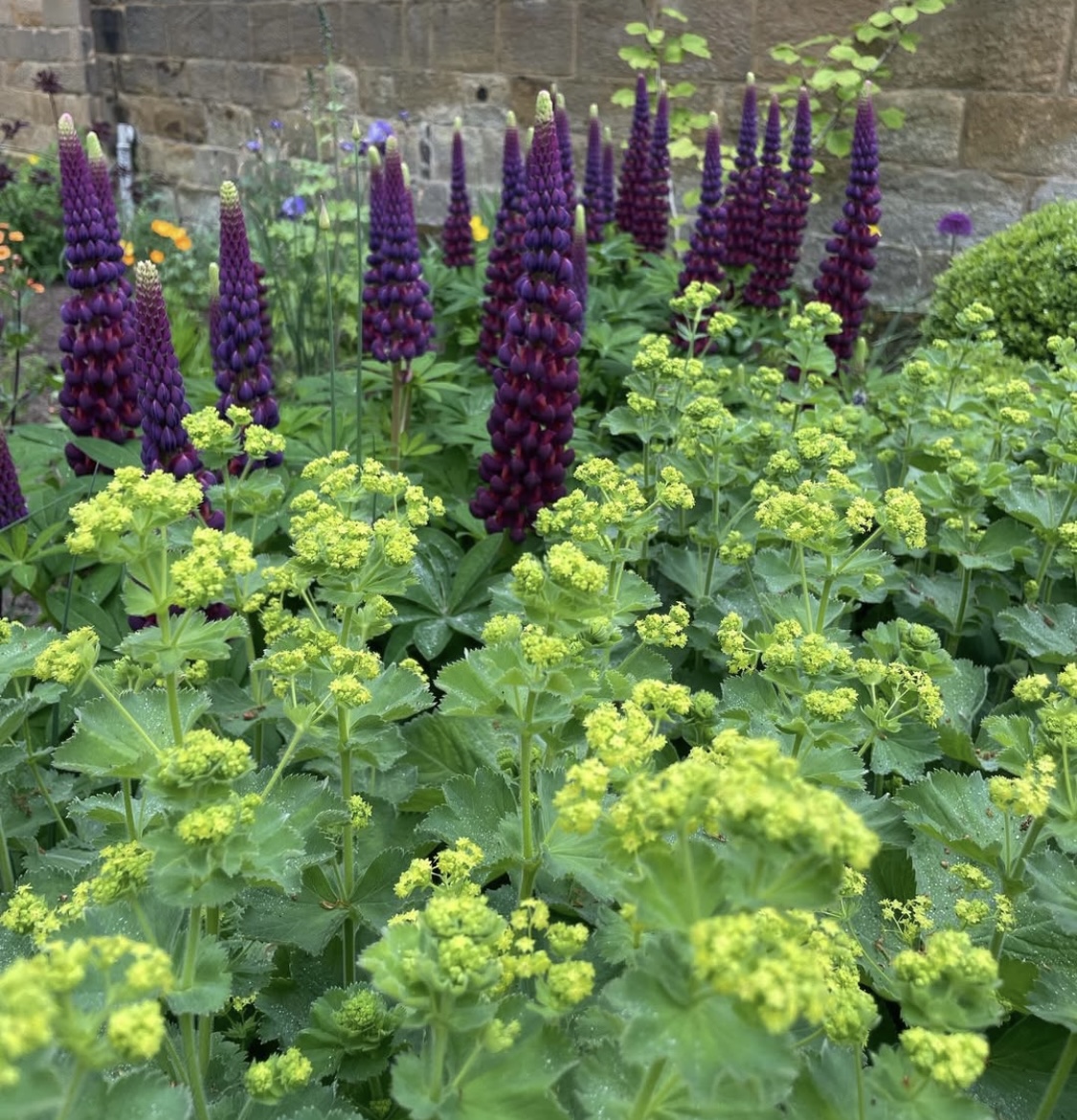Isle of Wight deliveries & Collections only

Alchemilla mollis
£4.00
Out of stock
🌿 Alchemilla mollis (Lady’s Mantle)
Alchemilla mollis, known as Lady’s Mantle, is a graceful, low-growing perennial admired for its soft, scalloped foliage and frothy sprays of lime-green flowers. Blooming from late spring through summer, it’s particularly striking after rain, when water beads on the velvety leaves like tiny jewels. A classic choice for softening border edges, weaving through naturalistic plantings, and creating subtle colour contrasts, it’s also a favourite for cut flower arrangements.
Specifications:
Height: 30–45cm
Spread: 45–60cm
Flowering: May to July 🌸☀️
Position: Full sun to partial shade
Soil: Moist but well-drained; tolerant of a wide range of soil types
🌿 Note for Isle of Wight planting:
Alchemilla mollis thrives across the island’s gardens, handling both sunny, dry sites and the damper, shadier corners. It's highly resilient to coastal winds and copes well on sandy, chalky, or loamy soils. Cut back after flowering to encourage fresh foliage and a possible second flush of blooms.
🌿 Ideal Companion Plants for Alchemilla mollis (from your Green Standard catalogue):
1. Geranium 'Rozanne'
The cool violet tones of Geranium contrast softly with the fresh green froth of Alchemilla, creating a long-flowering, informal mix.
2. Salvia 'Caradonna'
Dark purple flower spikes of Salvia rise boldly above Alchemilla’s low, cloud-like flowers, adding height and depth.
3. Achillea millefolium 'Summer Fruits Lemon'
The lemon tones of Achillea harmonise with Alchemilla’s lime flowers, creating a soothing, sun-drenched palette.
4. Pennisetum orientale 'Flamingo'
The airy plumes of ornamental grass add soft movement and structure behind Alchemilla’s mounding form.
5. Gaura lindheimeri 'The Bride'
The delicate white blooms of Gaura bring an airy lightness that dances above Alchemilla’s more solid, grounded texture.
🌟 The Green Standard Tip:
Use Alchemilla mollis to edge borders, line gravel paths, or underplant taller perennials. In coastal or exposed gardens, it acts as a natural ground-hugging buffer, softening spaces and supporting pollinators throughout the summer.
